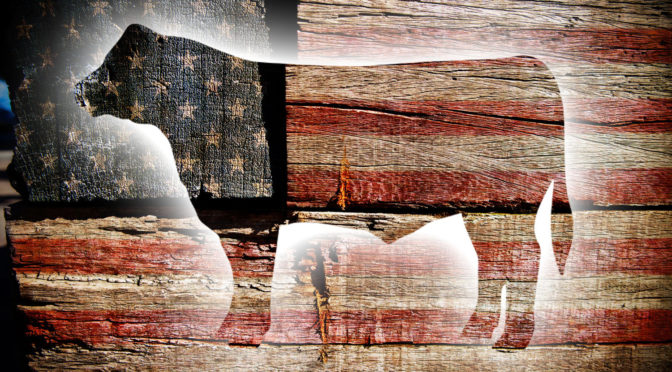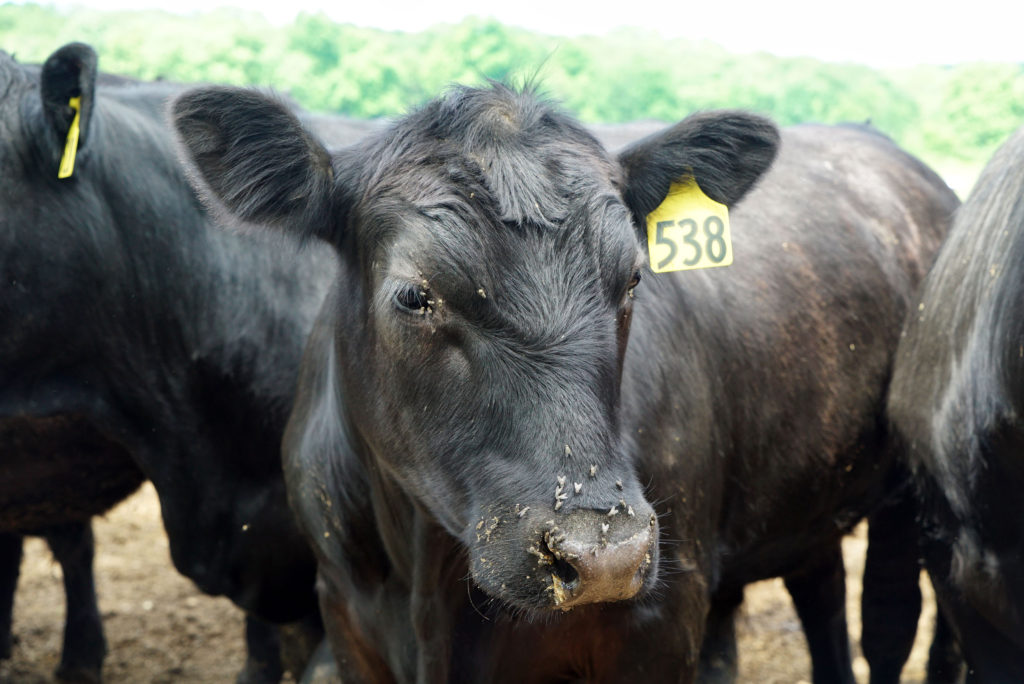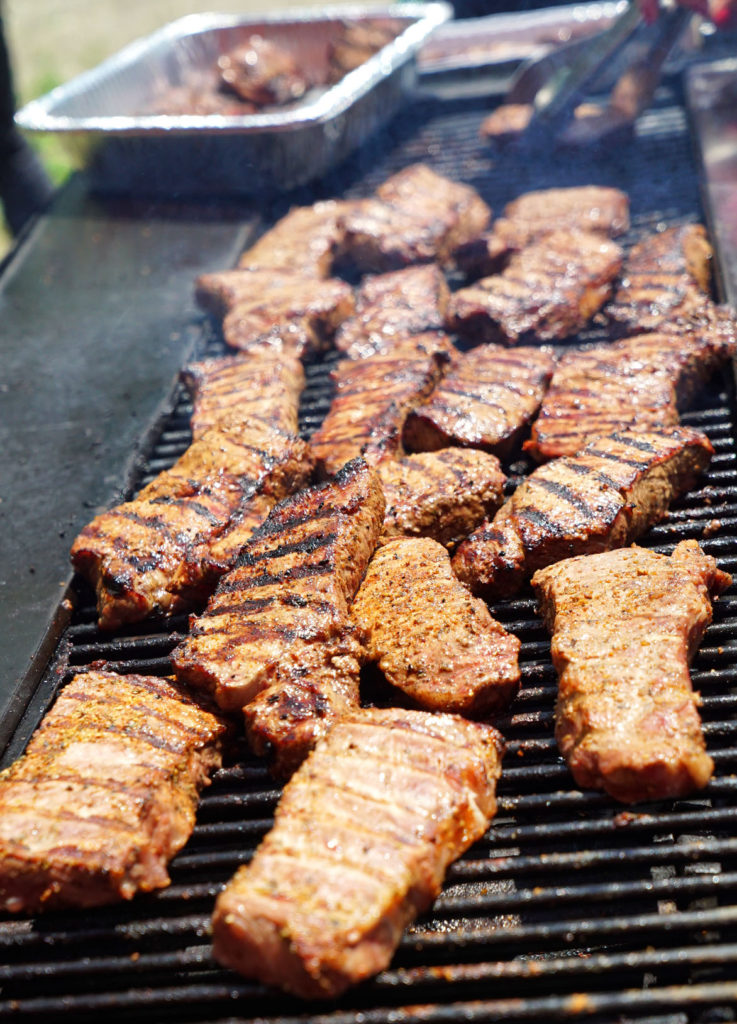There are a ton of misconceptions in the world of beef. One of the biggest going around today is that consuming red meat is somehow bad for you. It’s fat. It’s poisonous to your body. It lacks nutritional value. Give me a break! Beef is nutritious and good for you! Let me just attack some of these points here for you guys in this article, which is my second installment of Beef Advocacy Mondays (BAM).
First the fat: The beef of today is leaner than it was in the past, due to genetic selection of certain characteristics for over four decades throughout the beef supply chain. Sirloin, for example, is 34% less fat today than it was in the 1960’s.
About 66% of beef cuts are considered lean cuts today, and a part of that is due to the fact that there has been an 80% decrease in external fats on grocery store meat cuts.
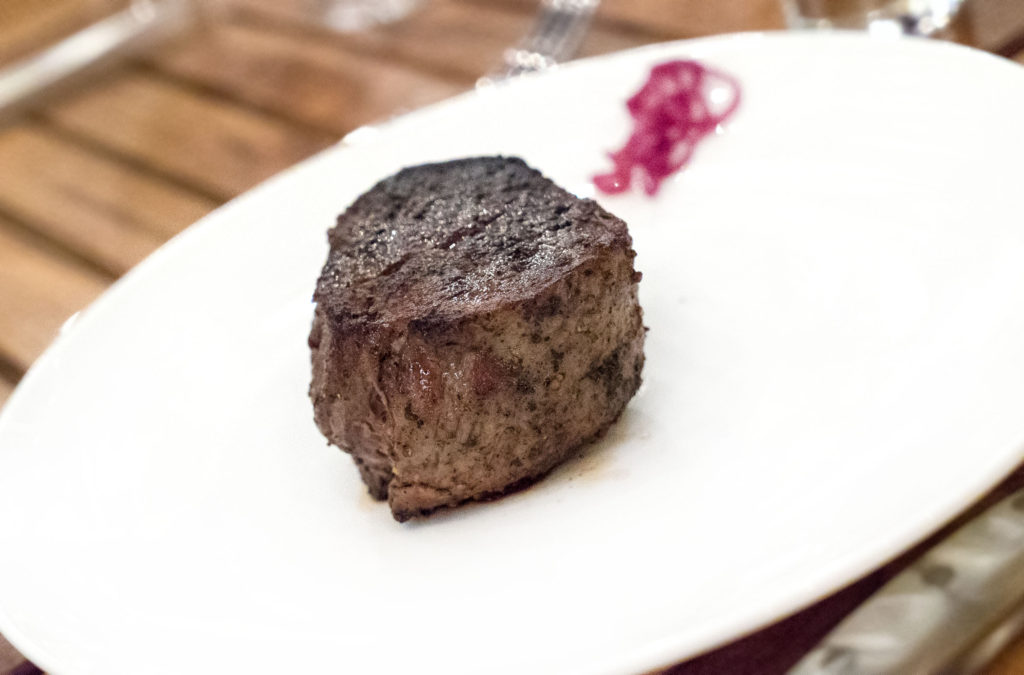
Most saturated fat from beef is located in the outer portions of fat, located externally from the muscles that we eat. The marbling, or intra-muscular fat, does contain saturated fat, but a third of it is steeric acid, which is cholesterol neutral. Beef also contains mono-unsaturated fat, which is the same kind of fat content you get from olive oil or avocados – the good fats, in other words. What this means is that if you trim your beef of any external fats before cooking and choose a lean cut, you’ll end up discarding most of the remaining “bad” fats and retaining the good fats.
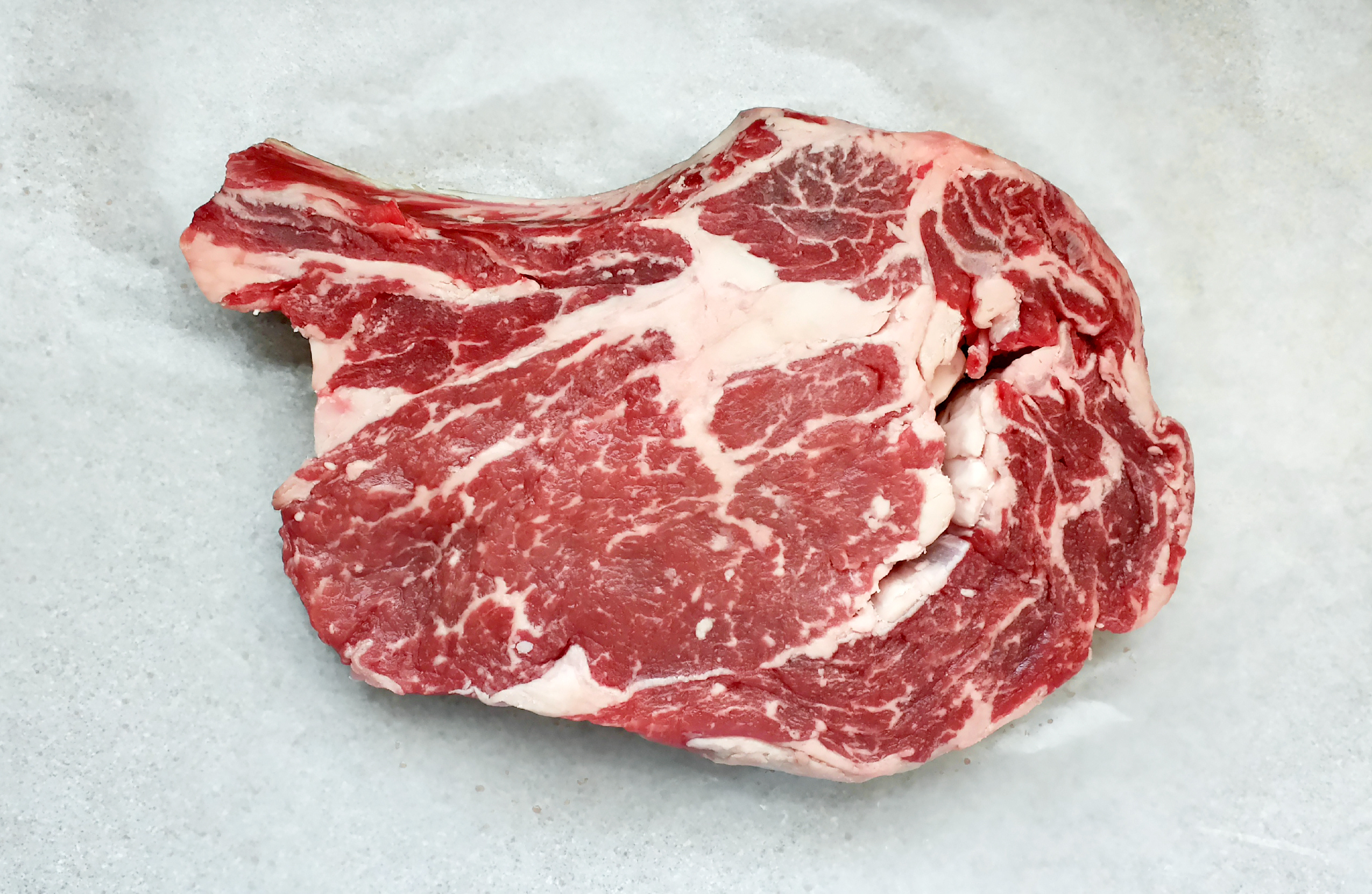
I’ve thrown around the word “lean” a bunch of times here already. There’s actually some unpacking to do here. The term “lean” means that the beef has 4.5g or less of saturated fat per serving, and 10g or less total fat per serving. Leanness is mainly a function of the grade of beef (prime or choice vs select) and the location of the cut (rib vs sirloin or tenderloin), as opposed to farming and production methods (grain finished vs grass finished).
Okay so aside from fat content and leanness, I also mentioned that beef is nutritious and good for you. Here’s why: Beef contains 10 essential vitamins and minerals that are abundant in each serving. Most notably, it’s an excellent source of iron, B-vitamins, protein and zinc, but beef is a good or excellent source for all of the following:
- Protein: 48% daily value
- Vitamin B-12: 44% daily value
- Selenium: 40% daily value
- Zinc: 36% daily value
- Niacin: 26% daily value
- Vitamin B-6: 22% daily value
- Phosphorus: 19% daily value
- Choline: 16% daily value
- Iron: 12% daily value
- Riboflavin: 10% daily value
A 3oz serving of beef averages just 150 calories, and contains 25g of protein (48% daily value). You can imagine how great this is for building and repairing muscle after a hard workout or a long run.
Plant based proteins don’t provide all the amino acids that beef provides. Essentially they’re “incomplete” proteins. Let’s take beans, for example: You’d need to consume 371 calories worth of beans to obtain the protein content found in just 170 calories of beef. And peanut butter? Even worse. With that we are looking at nearly 600 calories. At that point you are blowing through your daily allotment of calories too fast, and you are not being satisfied in the meal.
With beef, you spend fewer calories for equal if not better nutritional content. In other words, beef is the better buy, the most bang for your buck. And it has been scientifically shown that consuming meat proteins actually has a satiating and hunger-satisfying effect on a person. I know I have perceived this phenomenon. On days when I have tried to eat veggies only, I ended up over-eating because I couldn’t ever seem to feel satisfied. Screw that. Give me some damn meat!
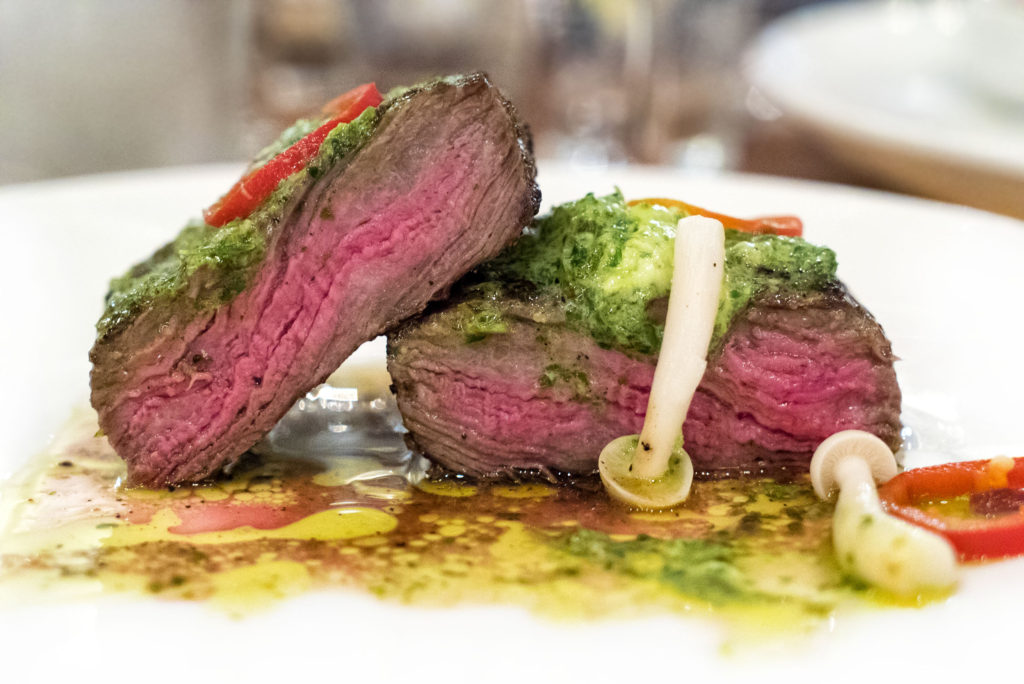
Grass-finished animals, or animals who exclusively eat grass and not grain for their entire lives, produce meat which also contains more Conjugated Lineolic Acid (CLA). This has been linked to long term weight management, and is thought to have health benefits that help combat a host of diseases, including cancer and heart disease. You just have to be careful with some of the research here, as many proponents of the grass-fed trend are very quick to bash anything that has to do with grain feeding without having the full picture. While I generally don’t particularly fancy the flavor of grass fed beef, the nutritional benefit of CLA is something to consider, and it just further strengthens the argument for consuming beef.
One caveat to this CLA business: The difference in CLA content between grass and grain -finished beef isn’t really big enough to justify excluding grain-finished beef from your diet. If CLA is what you’re after, maybe work some salmon into your diet, as that seems to contain more. But don’t forget to eat that yummy and nutritious beef either!


